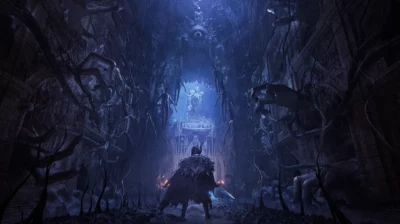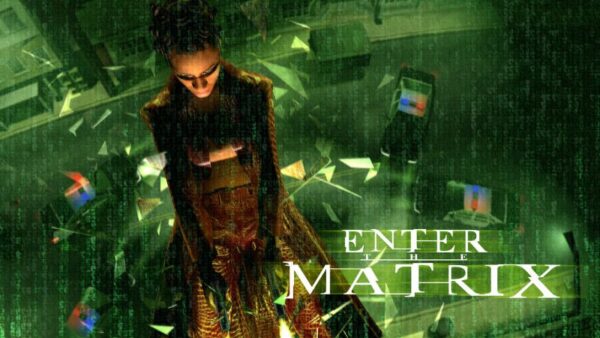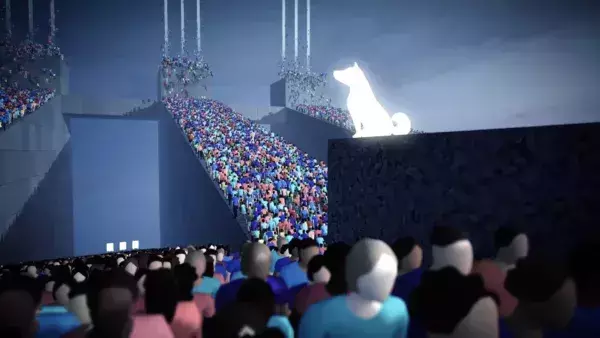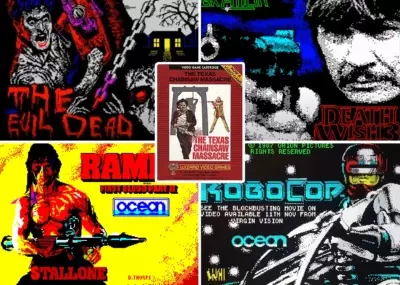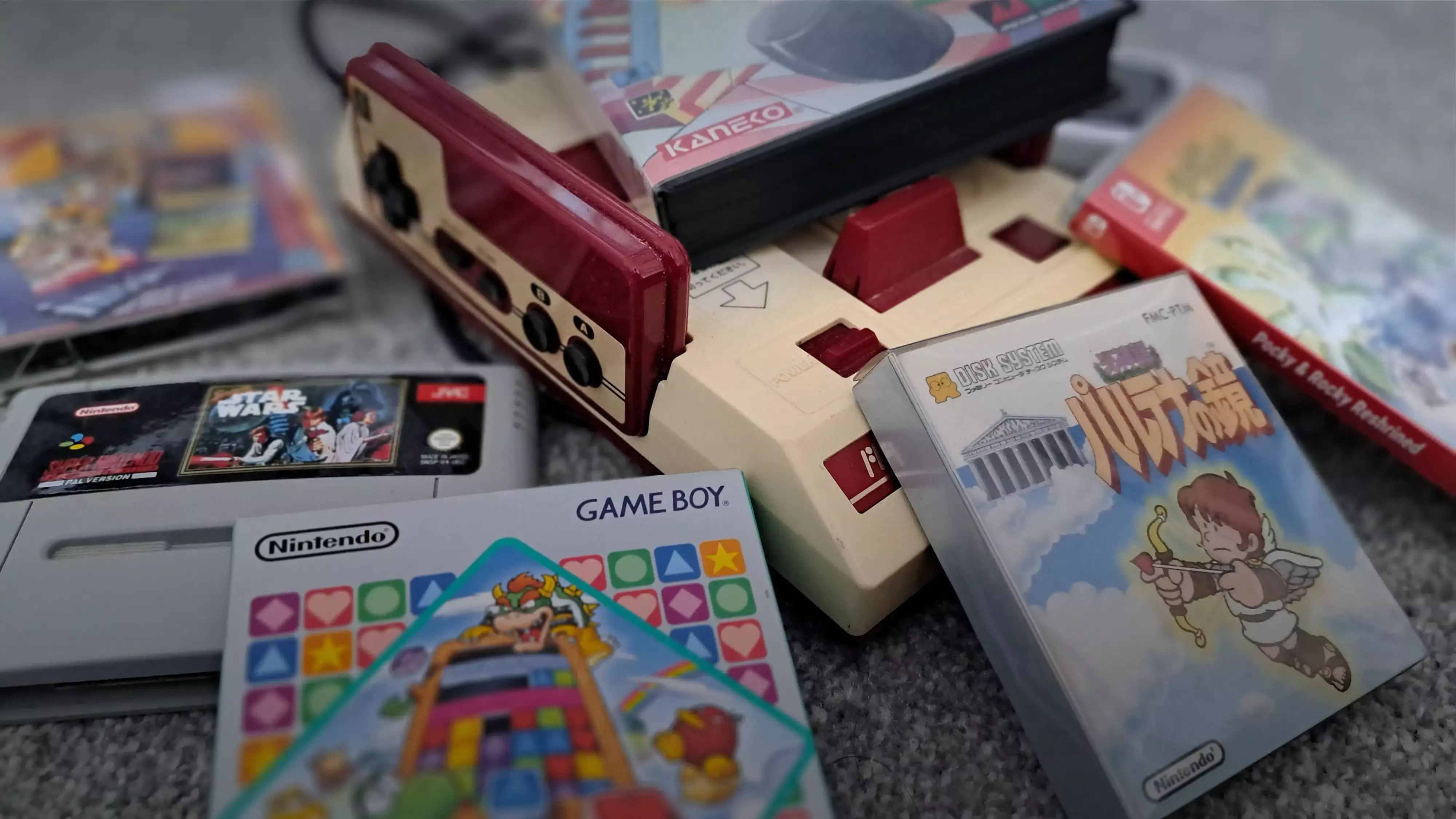
There are mods for old consoles, classic games reissued for the Nintendo Switch, and even original cartridges for obsolete systems. But is the retro games scene all becoming a bit much?
Once the preserve of niche groups and car boot sales, retro gaming is now gigantic. There are entire companies dedicated to making things like quarter-scale replicas of Space Invaders arcade cabinets, or reissues of physical cartridges for antiquated consoles like the Game Boy Advance or Sega Mega Drive. There are even websites dedicated to the subject (hello, Time Extension!).
Only last week, Limited Run Games announced an entire wave of retro releases covering just about every genre you can think of. Horror fans are being catered to with an updated reissue of seminal point-and-click J-horror, Clock Tower. Shantae fans are finally getting that Game Boy Advance title WayForward originally cancelled in the early 2000s. Even Gex fans – all five of them – have a compilation release to look forward to.
Retro gaming has now become so big, and has become so fast-moving, that we’re spoiled for choice – and I do wonder whether this is in danger of becoming a bit of a problem. I’ve been collecting games of one sort or another – though usually Japanese imports – for the best part of 20 years, but I’m now reaching a point where my shelves and wallet are struggling to keep up with the array of upcoming releases.
Once a welcome novelty, ‘Collector’s Edition’ releases of games, which throw in things like art books, soundtrack CDs and other bits of ephemera, are now a common sight. We’ve now reached a point where, for example, Strictly Limited Games is putting out a collector’s edition of every individual volume of its Irem Collection. If you were to purchase all five volumes, your spare room – or wherever it is you happen to keep your games – would be stuffed full with arcade flyers, chunky cardboard boxes, and all the other bits and pieces that come with them.
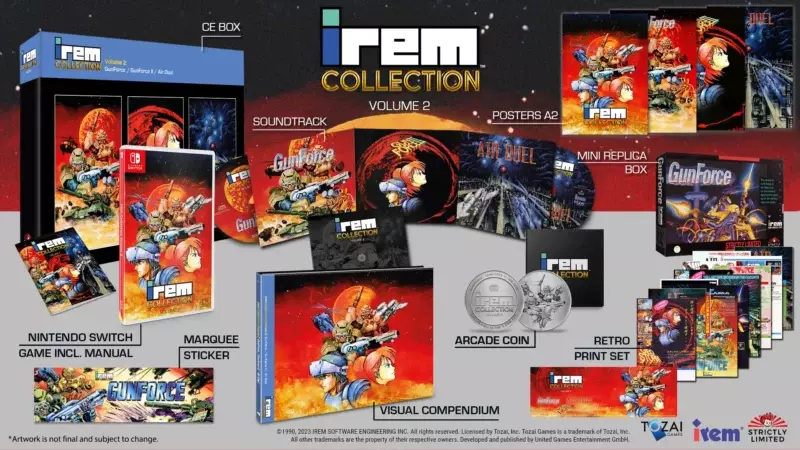
Credit: ININ/Strictly Limited Games.
Retro gaming has now matured to the point where there are markets within markets. The Sega Mega Drive alone now has numerous titles either available for it or in the pipeline, and that’s just one vintage system – there are dedicated gaming scenes of varying sizes for all kinds of old computers and consoles. Attempting to stay on top of all these releases would be a difficult – and expensive – proposition for all but the wealthiest and time-rich of game collectors.
On the subject of collecting, the explosion of the retro games scene has also seen prices soar over the past few years. The 8-bit and 16-bit games that were once available for just a couple of pounds in charity shops are now changing hands for 10 or more times the price. Look in the window of your local CEX, and you may notice that once-common devices like Game Boy Advance SPs or Sega Game Gears are going for £60 or more. Even battered, broken systems have a surprisingly high value attached to them – because these days, buying and refurbishing battered systems is a cottage industry.
Via companies like Retro Six and Retro Gear Customs, you can also buy all the parts you need to, say, take an old, run-down Game Boy and replace its shell, screen, buttons, and throw in a drop-in mod with a modern LiPo battery and USB-C charging functionality.
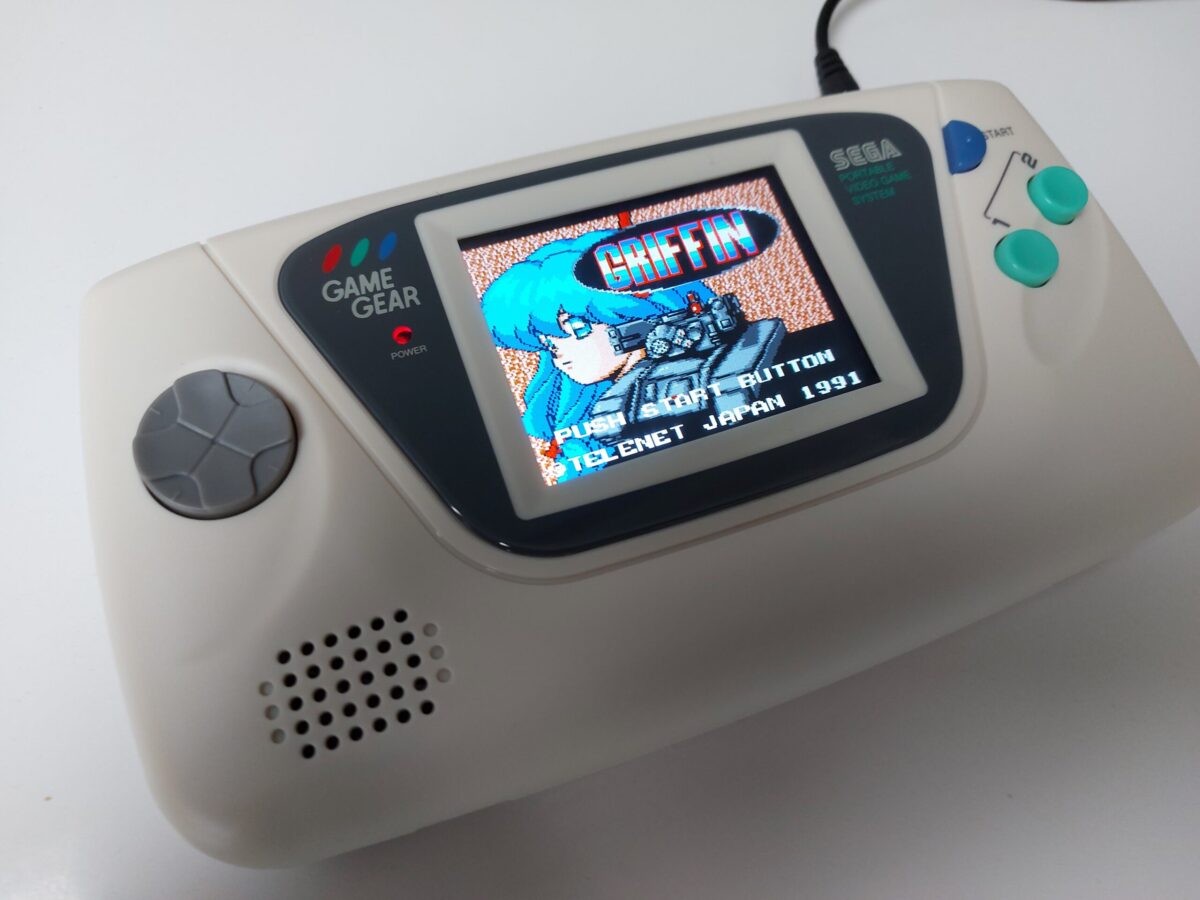
You’ll find a number of screen mods for the Game Gear, made by the likes of McWill, BennVenn, RetroKAI, and RetroSix. All are far superior to the original, blurry panel.
It all begs the question: how much higher can prices climb? How much more retro gaming stuff can collectors afford or even find room for?
There has been much talk, especially since the pandemic, about whether the prices of the most sought-after retro games may have peaked. Is The Death and Return of Superman really worth almost £1000? And even if it is, how long will people actually pay that much money for it?
Markets always fluctuate, and nobody can readily predict when they’re going to crest or even collapse. But one thing I’ve noticed is that, in my visits to various retro game markets and similar events, the people rummaging through old Game Boy cartridges and NES boxes aren’t just of my gen-X vintage – they’re fresh-faced sorts in their teens and 20s. Certain sectors of the retro games scene are undoubtedly buoyed up (perhaps falsely) by speculators with too much money, or those looking to make a quick buck out of spuriously-priced games. ($1.65 million for a sealed Super Mario 64? Come off it.)
But I’d also argue that the retro gaming scene wouldn’t be doing so well without a younger audience, who love Pokemon or Super Mario and want to delve into those earlier releases.
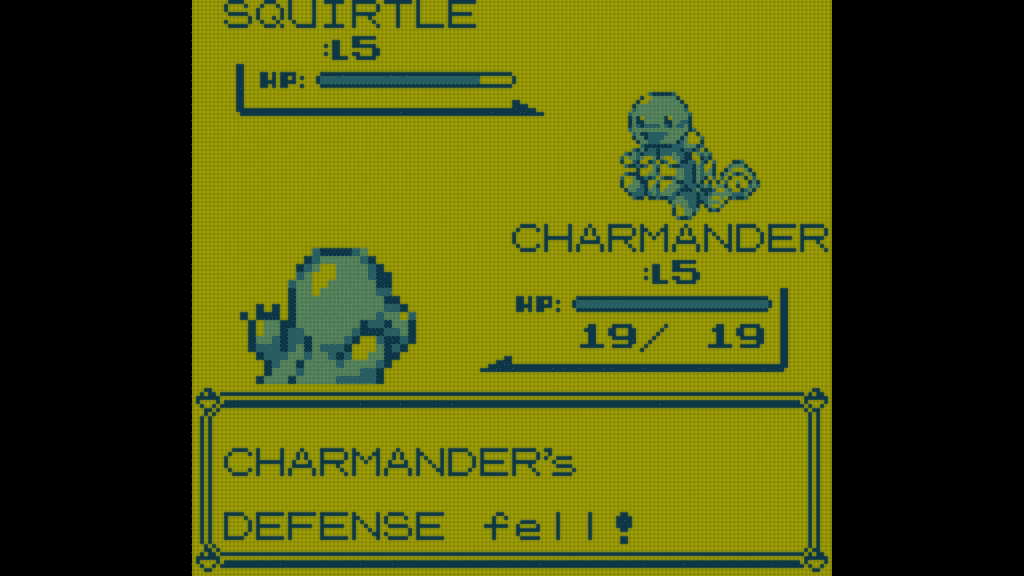
The original Pokemon games are, if anything, more sought after than ever these days. Credit: Nintendo.
Besides, if the price of Sega Mega Drive or NES games is about to peak, then there are always other avenues to explore. It’s interesting to see how Nintendo DS and now 3DS games, once so cheaply available, are starting to become scarce and creep up in price. Certain titles, like Yokai Watch and its sequels on the 3DS, are positively soaring in value, if eBay is anything to go by.
As those titles grow out of reach for younger or less wealthy collectors, there’s always other stuff to look out for. PS3 and PS4 games are only going to become more scarce over time, and as they do so, the more obscure, low print-run titles released for those systems will also climb in price.
Even if the market for physical releases vanishes altogether, as players turn increasingly to all-digital consoles due to lack of shelf space or because of sheer convenience, there’ll surely be demand for games on disc or cartridge for dedicated collectors. If there are still new games being made for the ZX Spectrum or Sega Mega Drive in 2023, then it seems likely there’ll still be games being developed for, say, the Nintendo Switch in 2053. Now there’s a strange thought.
So while the sheer range of retro games stuff available – from Taito and Capcom-themed handhelds to Gex collections – might seem bewildering, and the price of vintage games and hardware can often be eye-watering, one thing’s for sure: it’s still a good time to be a fan of all things retro.


